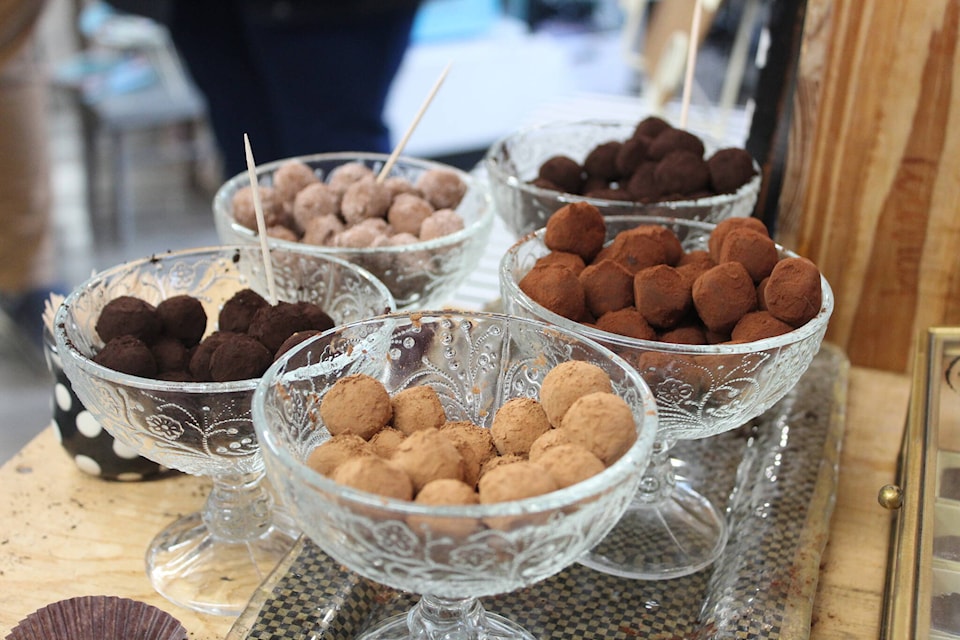Chocolate, flowers, jewellery and love notes. While some people love receiving these traditional gifts of affection, others find them cliché and boring.
With Valentine’s Day right around the corner, maybe you’re looking to start some new traditions honouring love.
Here are 9 different ways Valentine’s Day is celebrated around the world.
Argentina - Sweetness Week
Argentina doesn’t celebrate love one day each year; instead, there’s an entire week dedicated to love — called Sweetness Week. It takes place the first week of July and its focus is giving sweets to your loved ones.
Sweetness Week was started in 1989 by a candy company called Arcor whose slogan was “candy for a kiss.” The campaign was so successful that it turned into a holiday. If you’re given a sweet, you return the gesture with a kiss on the cheek.
Denmark - Snowdrops and “joke” love notes
Rather than traditional roses, Danes often celebrate Valentine’s Day by giving pressed snowdrop flowers – tiny, white flowers that droop downwards. The gaekkebrev is also exchanged, a love note or poem written to a loved one and signed with only three dots. The idea is to guess who sent you the note. If you get it right, the sender owes you a chocolate Easter egg in the Spring; if you get it wrong, you owe the sender a chocolate Easter egg. Decorative patterns are also cut into the gaekkebrev.
Ghana - National Chocolate Day
One of the world’s largest producers of cocoa, National Chocolate Day was declared a holiday on February 14th in an effort to boost tourism and local consumption of chocolate.
Japan - White Day
In Japan, it’s accustomed for women to give the men in their lives gifts, notably chocolate, on February 14th. The favour is returned one month later on White Day (March 14th), when men gift white chocolate (and other white gifts) to the women they originally received chocolate from. Gifts given on White Day are to be of higher value than gifts received the month prior.
Philippines - A large marriage gathering
Some Filipinos celebrate Valentine’s Day by tying the knot with their significant other in a mass wedding event hosted by the government as an act of public service. This is a great way for people to get married who otherwise might not be able to afford a wedding.
South Africa - Wearing your heart on your sleeve
Celebrated on February 15 (in honour of an ancient Rome celebration called Lupercalia), women boldly display their adoration by writing the name of their crush on a piece of paper and pinning it to their sleeves.
South Korea - Black Day
South Korea celebrates Valentine’s Day and White Day the same way Japan does; however, there’s another notable day. Black Day takes place on April 14th, when singletons (or those who did not receive gifts the previous two holidays) gather together over a bowl of noodles doused in a delicious black bean sauce called jajangmyeon.
South West China - Sisters’ Meal Festival
Taking place on March 15th, women gather together in ornate, silver headdresses and elaborate dresses, cooking various dishes of colourful rice that they then wrap in silk. The dishes are presented to suitors who have expressed interest to the women through songs they’ve performed for them.
Once the silk is unwrapped, men will find a message hidden inside of the rice.
Two red chopsticks mean the woman loves the man and a proposal has been accepted; one chopstick means no thank-you; a clove of garlic is an absolutely not interested; and pine needles signify the man should wait, but first gift the woman with silks and threads.
Wales - the gift of the wooden spoon
St. Dwynwen’s Day occurs on January 25th and is celebrated by many as a less commercialized version of Valentine’s Day. Rather than gifting traditional things – chocolates, flowers, gift cards, etc. – the Welsh present their loved ones with a carved wooden spoon.
The practice goes back to the 17th century when “lovespoons” were carved and gifted in courtships.
Clearly, when it comes to Valentine’s Day, there is no one-size-fits-all. From decorative carvings to paper-cut notes to exchanging simple sweets, the way in which you celebrate Valentine’s Day is entirely up to you. Hopefully, this takes the pressure off of things. After all, it’s the thought that counts.
